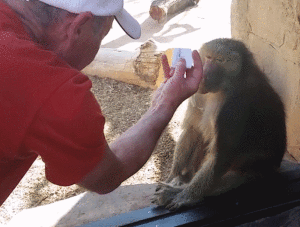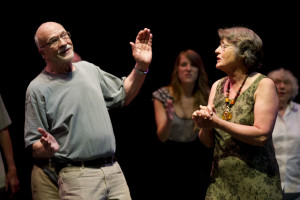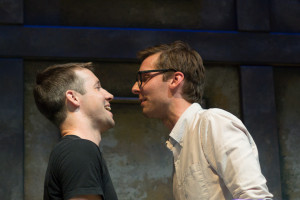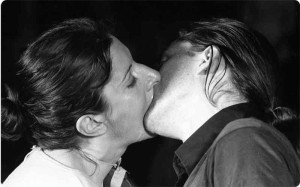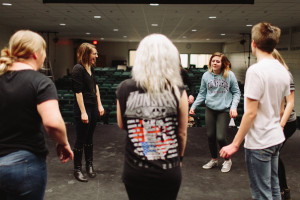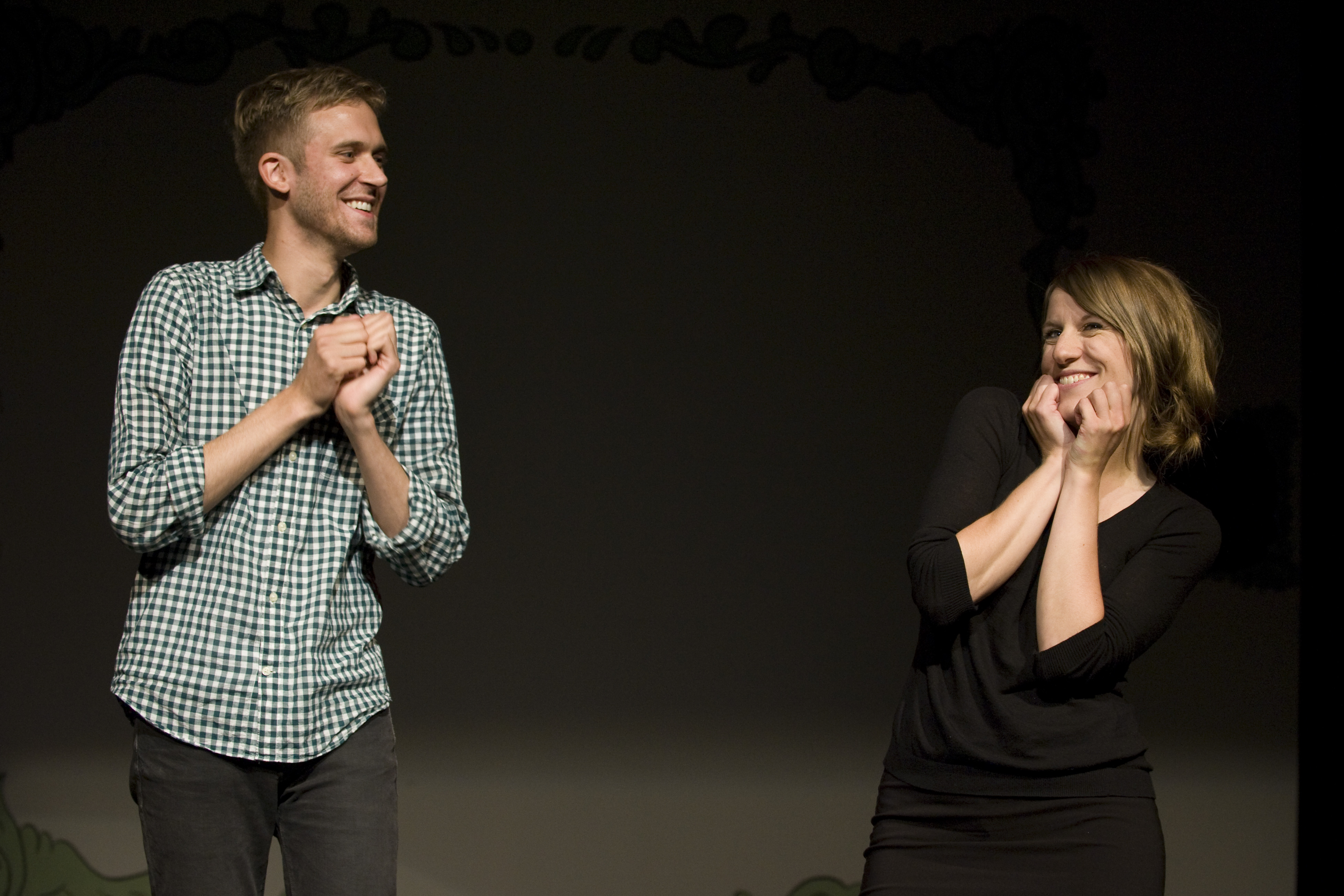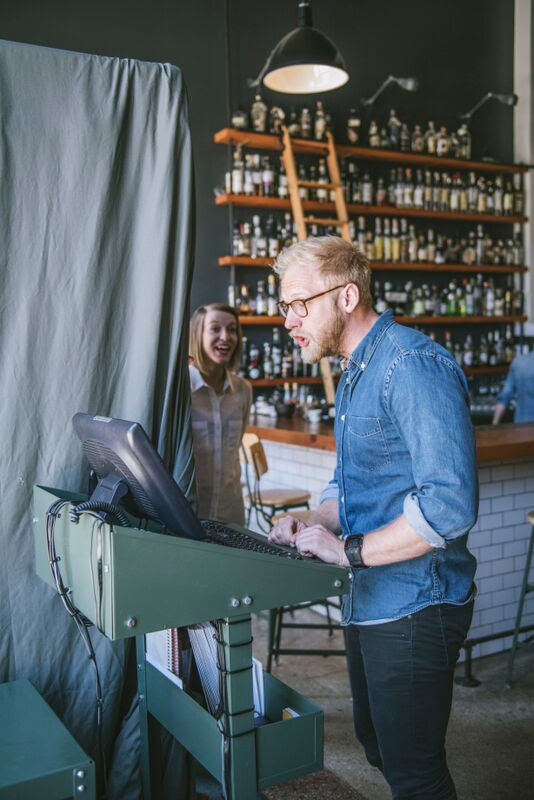Improv Break Ups
I’m inspired to write this post after reading a discussion that took place on the Improv Theatre & Festival Management forum on Facebook. I have personally experienced what it’s like to separate from collaborators, ask cast members to leave a company, and request that public workshop attendees to stop signing up for workshops. I admit that I have made many mistakes along the way, but I hope this post can help shape the process for anyone who is unsure.
Things just aren’t working out. The relationship isn’t functioning. Things have turned negative. Mutual respect has been lost. It’s time to break up. Whatever the reason, in your heart of hearts you know, you are faced with the difficult task of asking a member or your improv group to leave.
I’ve seen it happen many times. Often it’s clear who the troupe is having difficulty with. During post-show drinks, no one wants to sit next to this person. During rehearsal, people start dismissing their ideas. On stage, no one jumps in when they initiate a scene. Eventually, this person isn’t having fun anymore, and they slowly stop showing up. The rest of the cast secretly breathes a sigh of relief. This is the worst possible way to get someone to leave a group: through social ostracization. Think about how awful it would feel to be broken up with this way in any other relationship, and make a commitment to do better.
Face the person head on. It’s not easy, but you know it’s the right thing to do. Here are some ideas on how to ask someone in your troupe to step back:
Start Strong
Set up clear expectations for all cast members. It is most proactive way to deal with difficult decisions. Articulate what you, as a group, expect of each other.
-What is the purpose of your group? Is it to have a professional-level performing ensemble? Or is it to be a community drop in workshop? This will make a big difference in how you make decisions on who should be in the cast.
-Is it ok to be late for call time? How many times? What about absences?
-What happens if the quality of someone’s work is in decline? Is there any process for development opportunities to help them get better?
-Do you have a clear policy around harassment?
-Who decides if people are asked to step back? Is there a director, or is it done by a group vote?
Assess Regulary
See each other face to face to revisit your expectations at least once a year, and let group members know when they have not been meeting your shared expectations.
Meet in Person
If you are the director of the troupe, or if you have been elected by your peers to speak to the person, try your best to do so in person. It will be tempting to do it over email. Use this as a last resort only.
Meet somewhere that is quiet, and private, but a neutral space. (Think: somewhere you might break up with a romantic partner. A home is a bad idea). Be early, so you are there when they arrive. Be sure to speak first, and try to avoid open-ended questions like, “How do you think it’s going ?”. That will just lead them in a false direction. Take a deep breath…
Be Honest
When you are heading into the meeting, you need to be honest with the person about why you are asking them to leave. Start with your shared expectations, how this person has not met expectations, and that you are asking them to leave the troupe. Often times, if expectations are clear enough, the person might already know why they are being asked to leave, and might surprise you by being very understanding. This is a great testament to the planning you did as a troupe.
Above all, do not lie. If the reason is because of their conduct off stage, do not use being late for shows as a scapegoat. Be specific, and site examples. “It’s not a good fit” is too vague on its own, and will leave the person with a lot of questions. If the person has done something reprehensible, you need to bring that tone to the conversation; it’s not about creative differences if it’s about a breach of your harassment policy. They will never learn if they don’t know why they are being asked to leave.
Show Compassion
It is very hard to handle rejection, especially in an improv environment where so much of our training is on positivity and support. If appropriate, you can let the person know how much you appreciate the time and effort they have put in to your group, suggest other outlets for improv in the city, or extend the option to re-audition in the future. If you are friends, you can explain that this is not personal, but a professional decision. But, if you don’t sincerely believe these things, do not say them as a courtesy.
ADDITIONAL THOUGHTS:
Hold your ground. Occasionally the person might argue with you, or try to convince you to let them back in. Be prepared to reiterate your decision, and keep the meeting short. You can remind them that art is subjective.
Don’t do it if you are angry. If you are emotionally fragile, it will be hard to be professional and level-headed. Ask someone else from your troupe, or call in some back up to do most of the talking.
Remember it happens all the time. Many relationships, be they romantic, professional or creative come to an end. It’s not the end of the world, even though it might seem like it. Both parties will heal, and come out stronger on the other side.
I think when you can separate the professional and personal, making these kind of choices becomes much easier. Trust your gut, and measure it against the expectations you have in place, and you can’t go wrong.


